the
fabric weaves
Weaving is a method of textile production in which two distinct sets of yarns or threads are interlaced at right angles to form a fabric or cloth. The basic weaves are: Plain, Twill and Satin. Learn more about the variations below.
FABRIC WEAVES A-Z
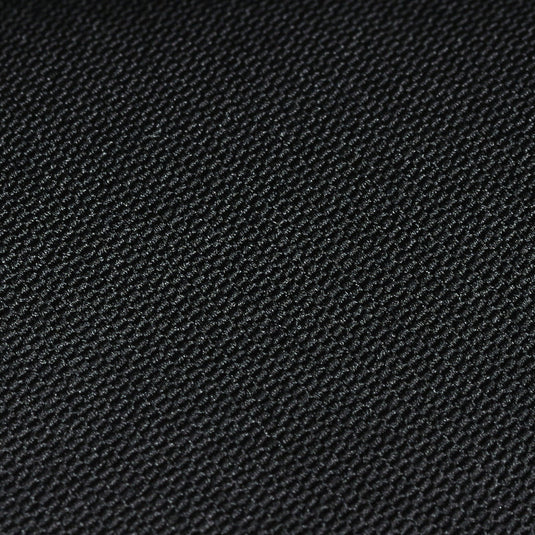
Barathea
Barathea is an expensive fine English cloth, closely woven with a slight diagonal weave appearance and broken rib effect. It has a granular or pebbled surface but it feels smooth to the touch. Mainly used as a suiting or uniform fabric and it can also be used in men's evening clothes.
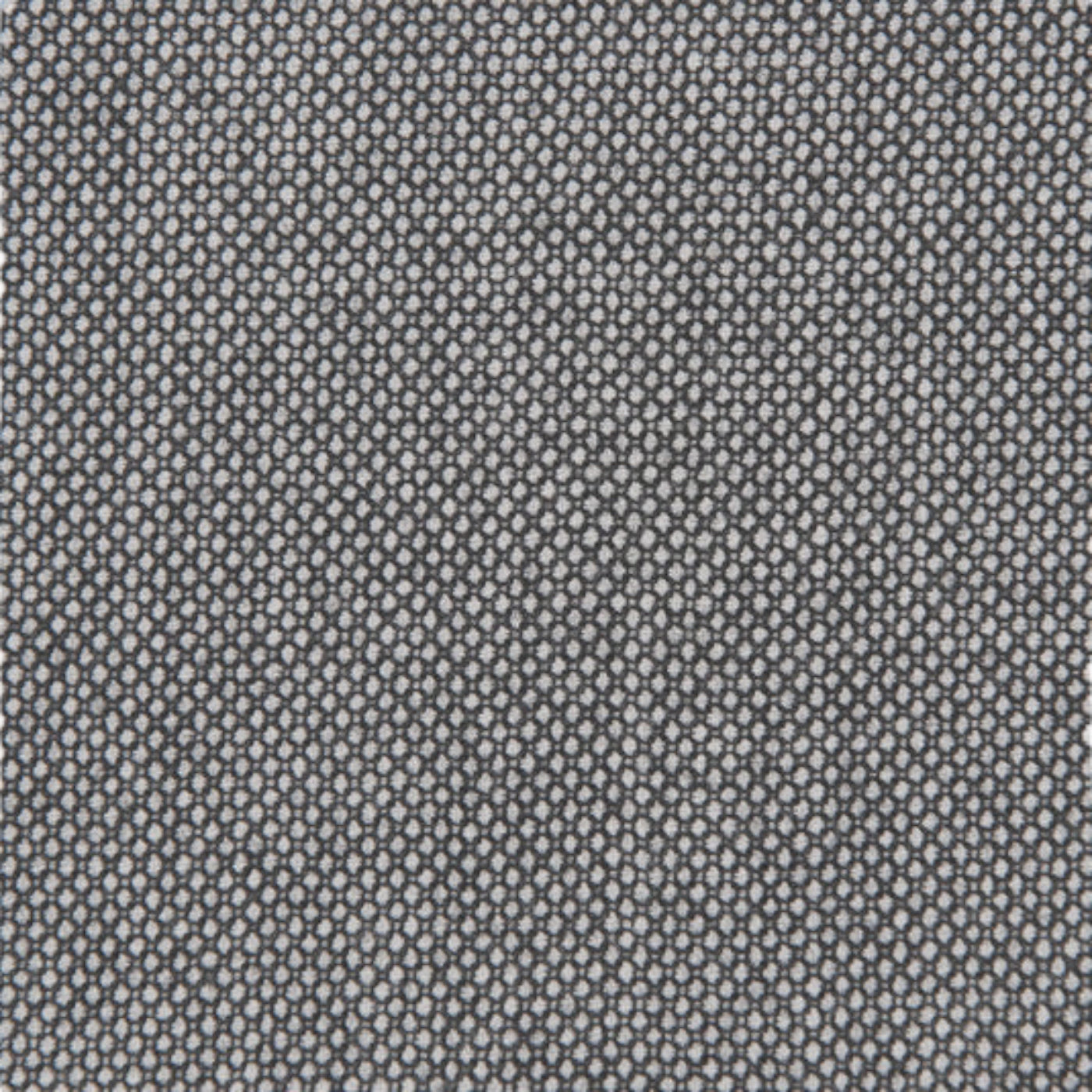
Birdseye
Birdseye fabric is a fabric with a special type of weave. By weaving in a small, repetitive pattern you create diamond shaped stitching which resembles the eye of a bird. This leads to its eye catching pattern which made it popular in fashion, mostly through men's suits.
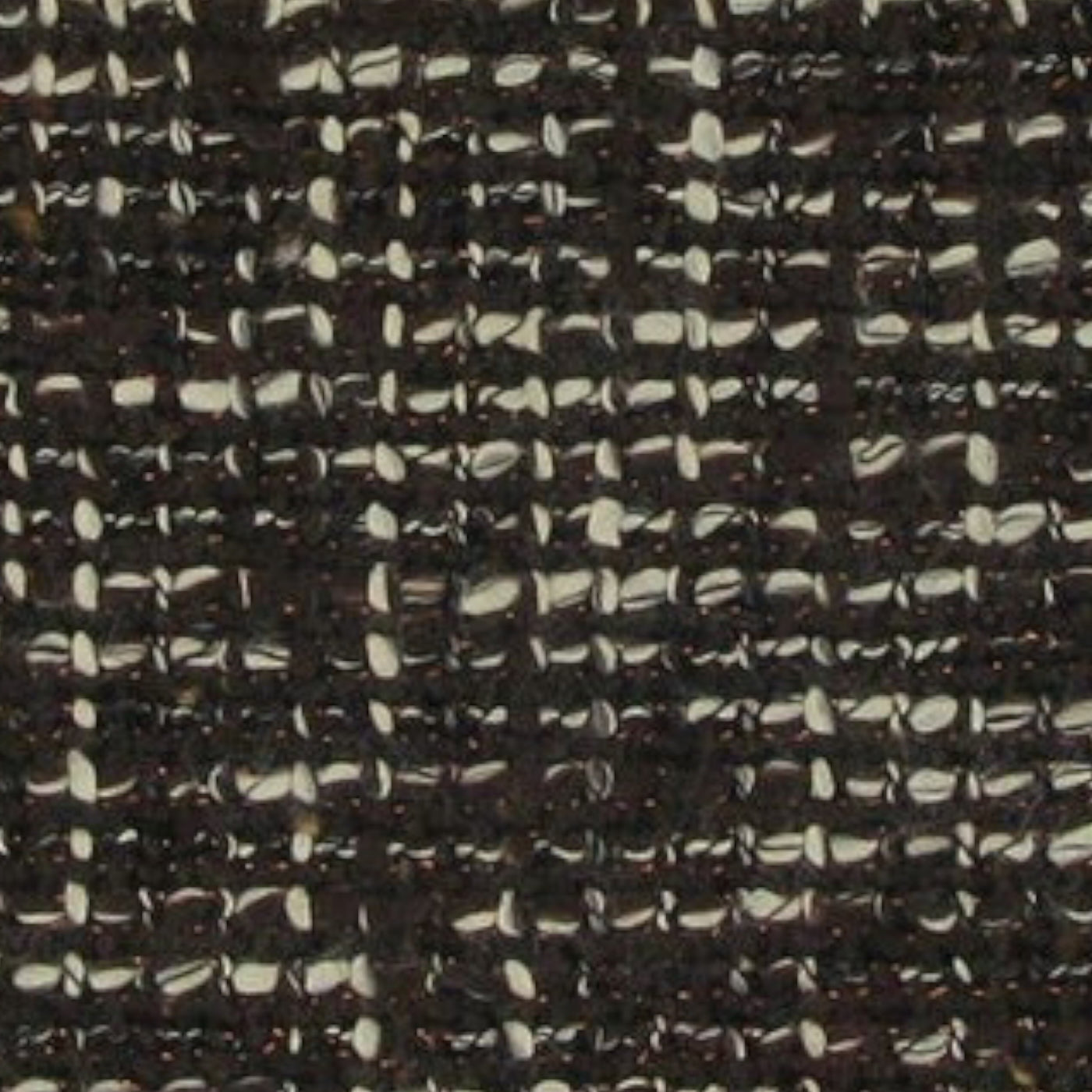
Bouclé
Bouclé (from the French word boucler, which means “to curl”) is a heavy textile containing nubby, looped yarn, often in two different shades. Bouclé refers to both the yarn and the fabric made from the yarn. The multiuse textile is known for its interesting visual texture and super-soft comfort.
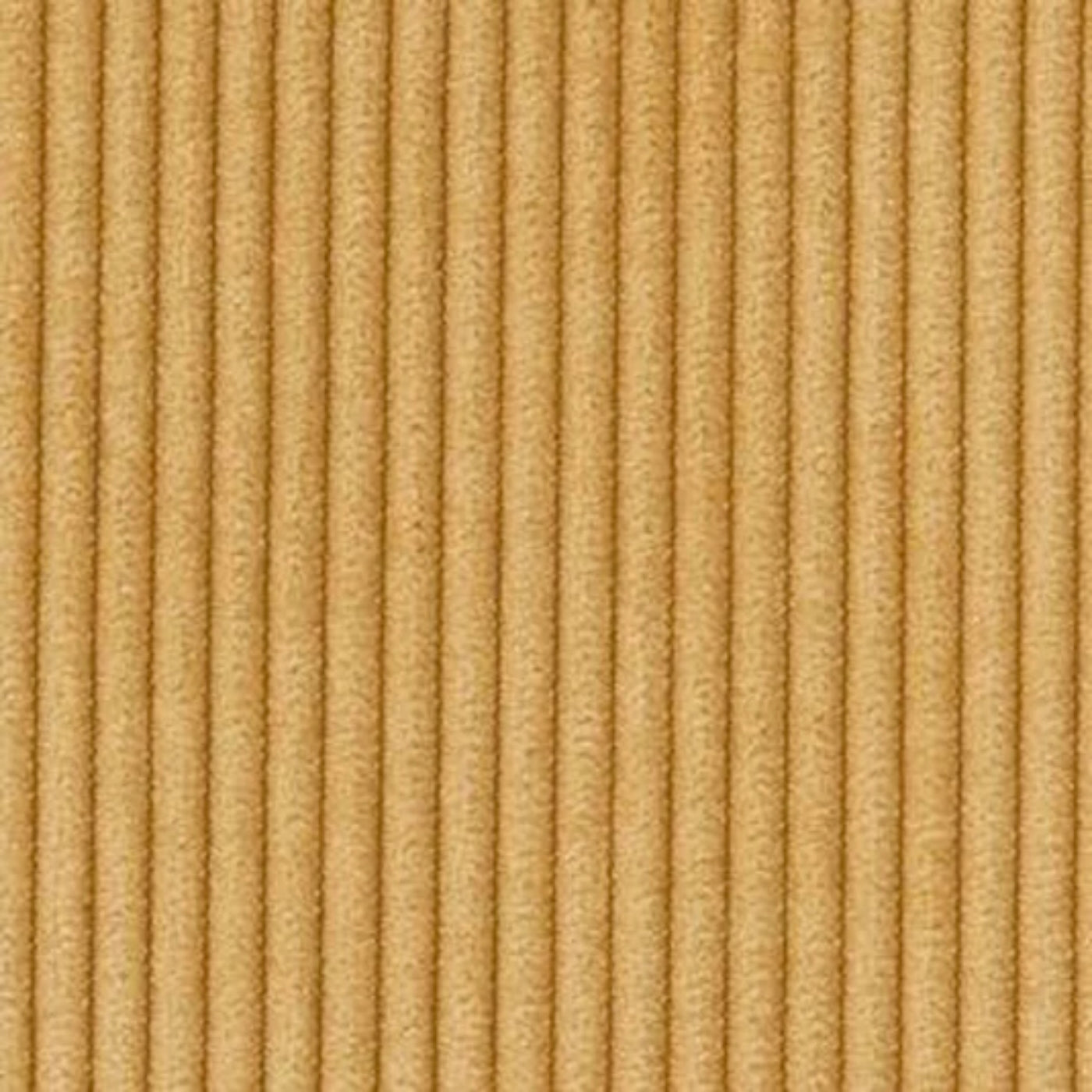
corduroy
Corduroy (sometimes spelled corderoy) is a twill weave fabric, which means the threads are woven together in diagonal lines with thick vertical ribs. Corduroy is thick, durable, ridged, and cozy, and has the unique ability to look both dressed up and comfortable at the same time.
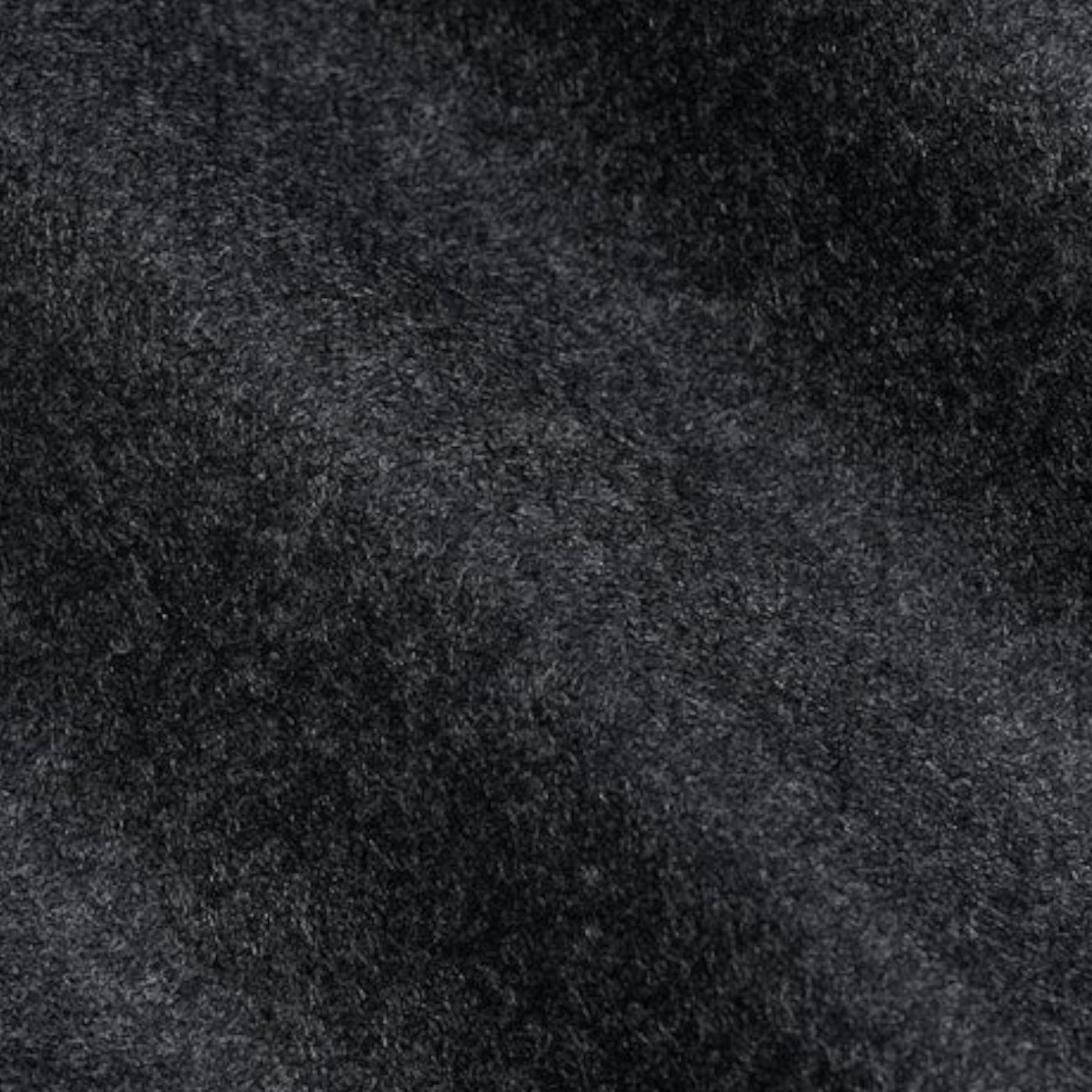
flannel
Originally made from carded wool or worsted yarn, flannel is now made from wool, cotton, or synthetic fiber. It features either a plain or twill weave usually brushed in either a single or double “nap” (a technique using a metal brush to rub the fabric, raising fine fibers for an even softer feel).
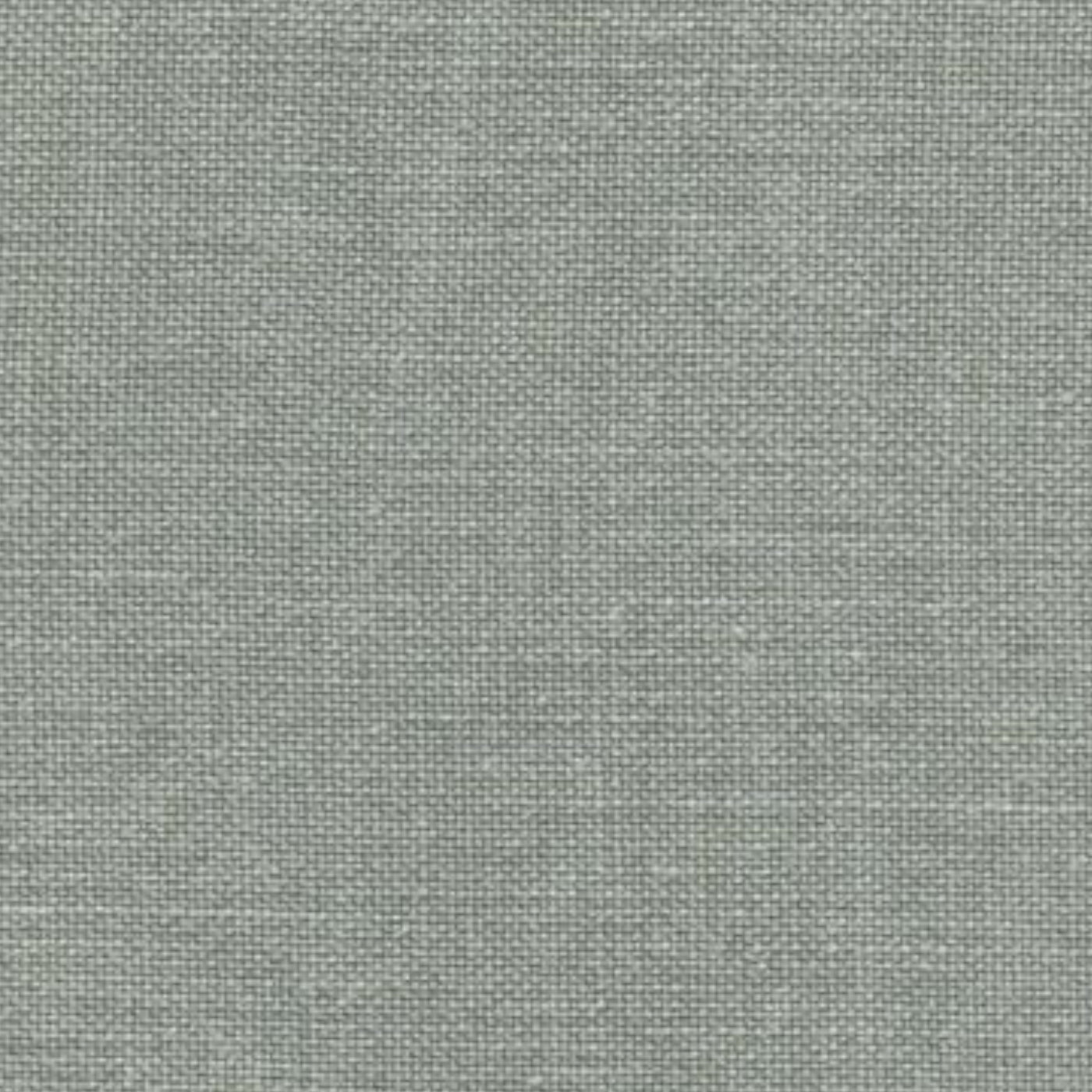
fresco
Fresco is a lightweight fabric made from tropical wool with a porous weave designed for maximum air circulation. It's an ideal choice for hot and humid climates or for those who generally have higher body temperatures. The word “fresco” is derived from the Italian word "affresco”, which means "fresh”.
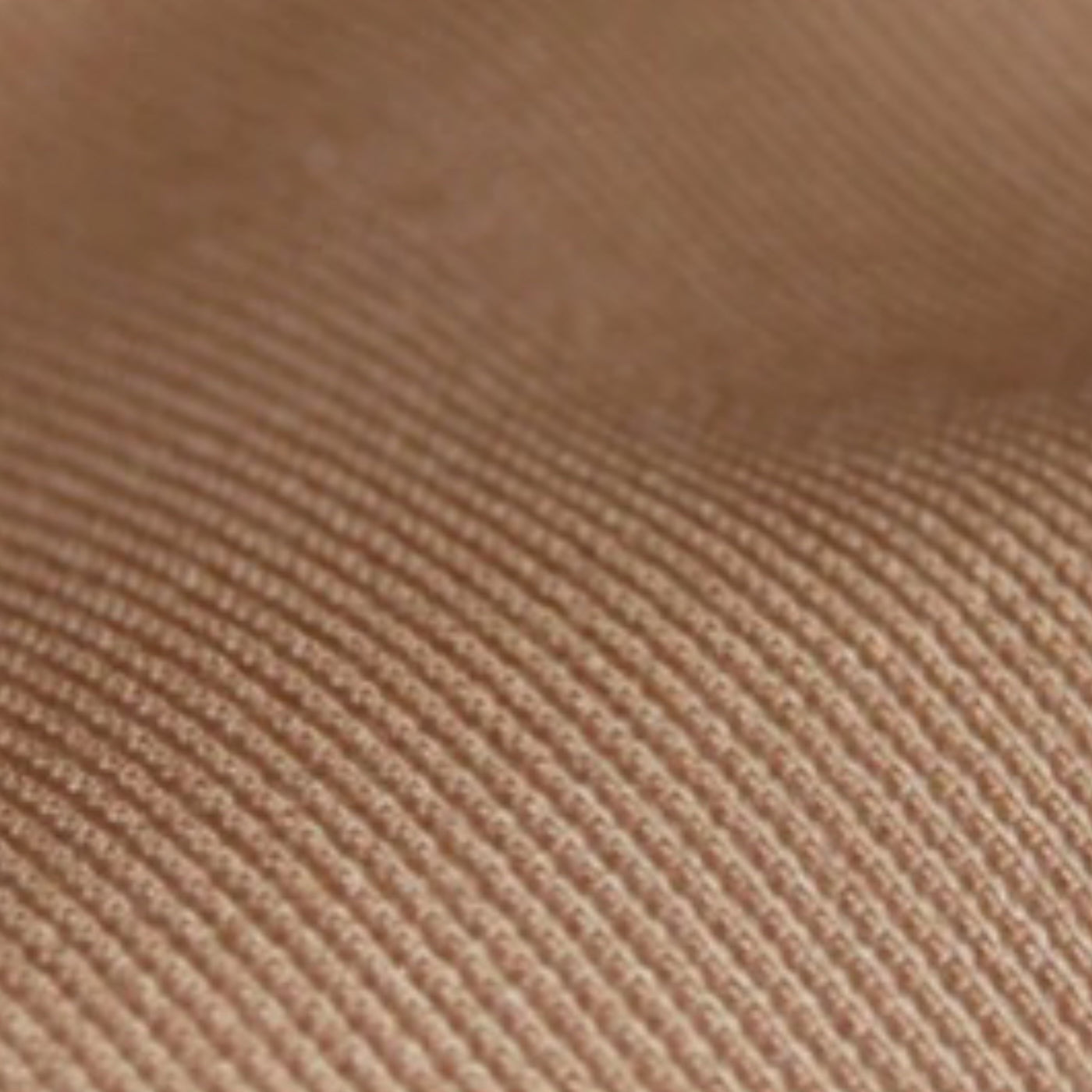
gabardine
It is a relatively strong and firm cloth, made with a twill weave, and somewhat resembling whipcord but of lighter texture. Historically, gabardine has been used as a fabric for garments since the 15th century. With lanolin applied to make it waterproof, it was a great fabric for those clothing types where protection from the elements was needed.
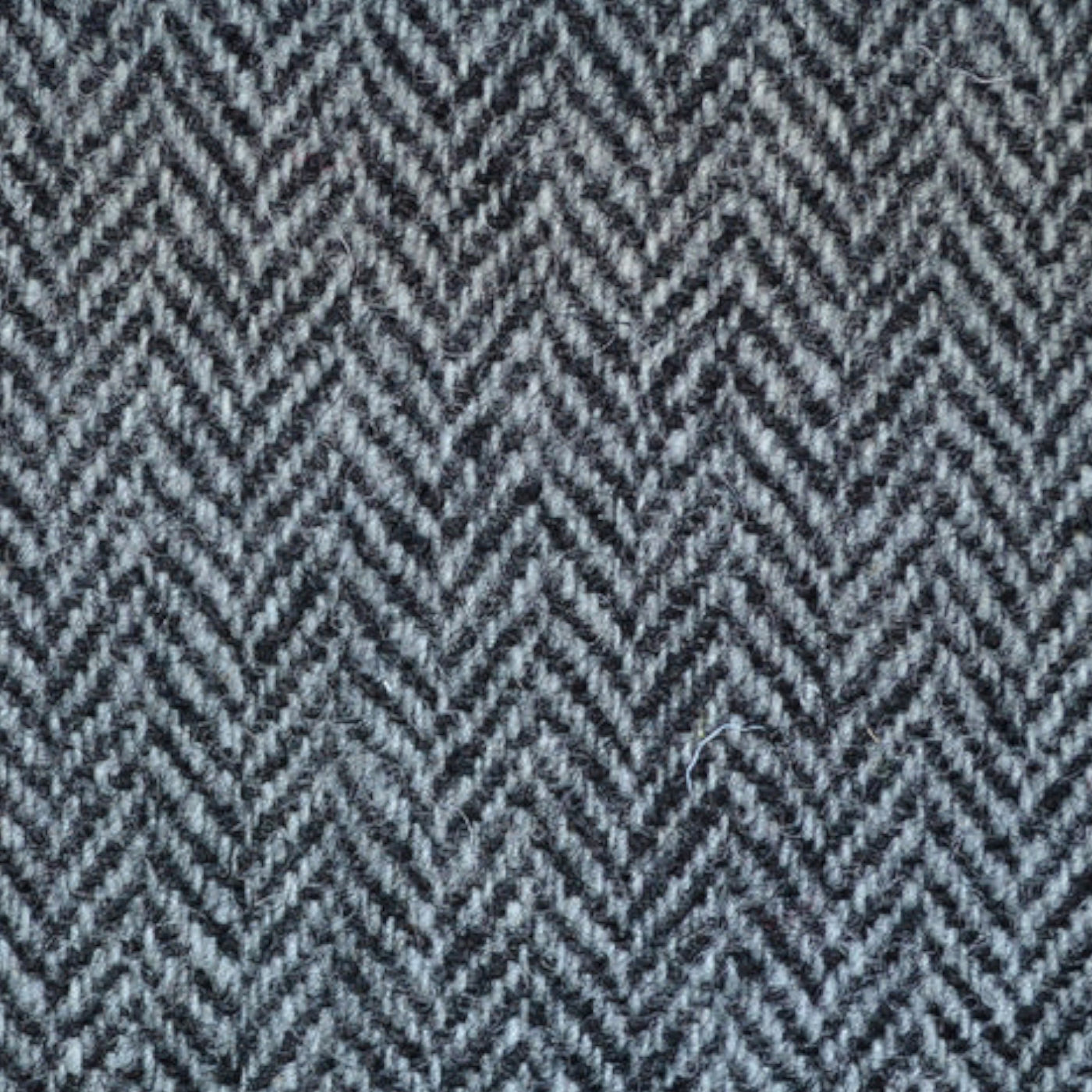
herringbone
Herringbone, also called broken twill weave, describes a distinctive V-shaped weaving pattern usually found in twill fabric. It is distinguished from a plain chevron by the break at reversal, which makes it resemble a broken zigzag. The pattern is called herringbone because it resembles the skeleton of a herring fish.
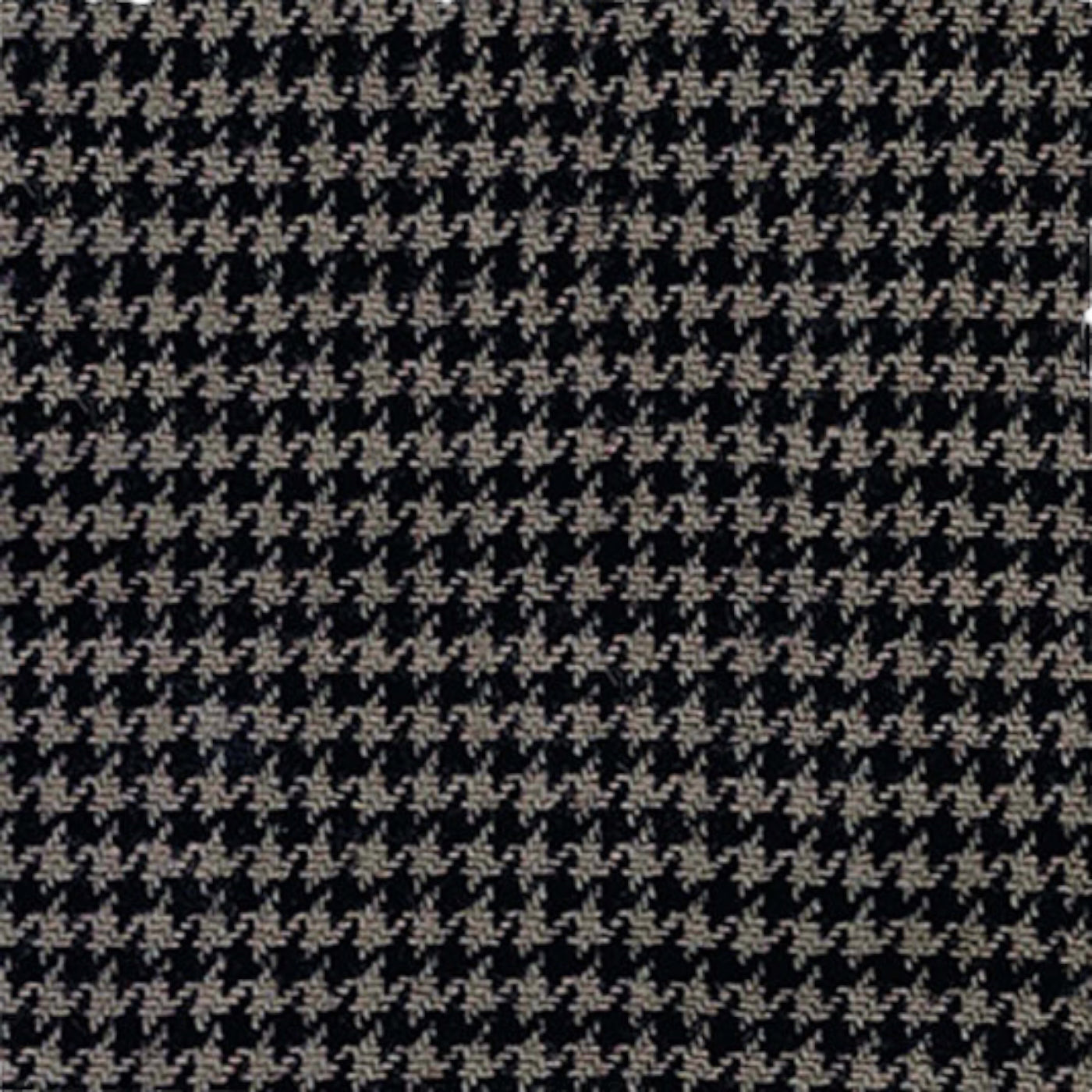
houndstooth / pied de poule
Houndstooth is a two-colour pattern made up of a broken check. It's a repeated pattern consisting of abstract four sided shapes. These shapes are reminiscent of a tooth shape, which is how the pattern got its name.
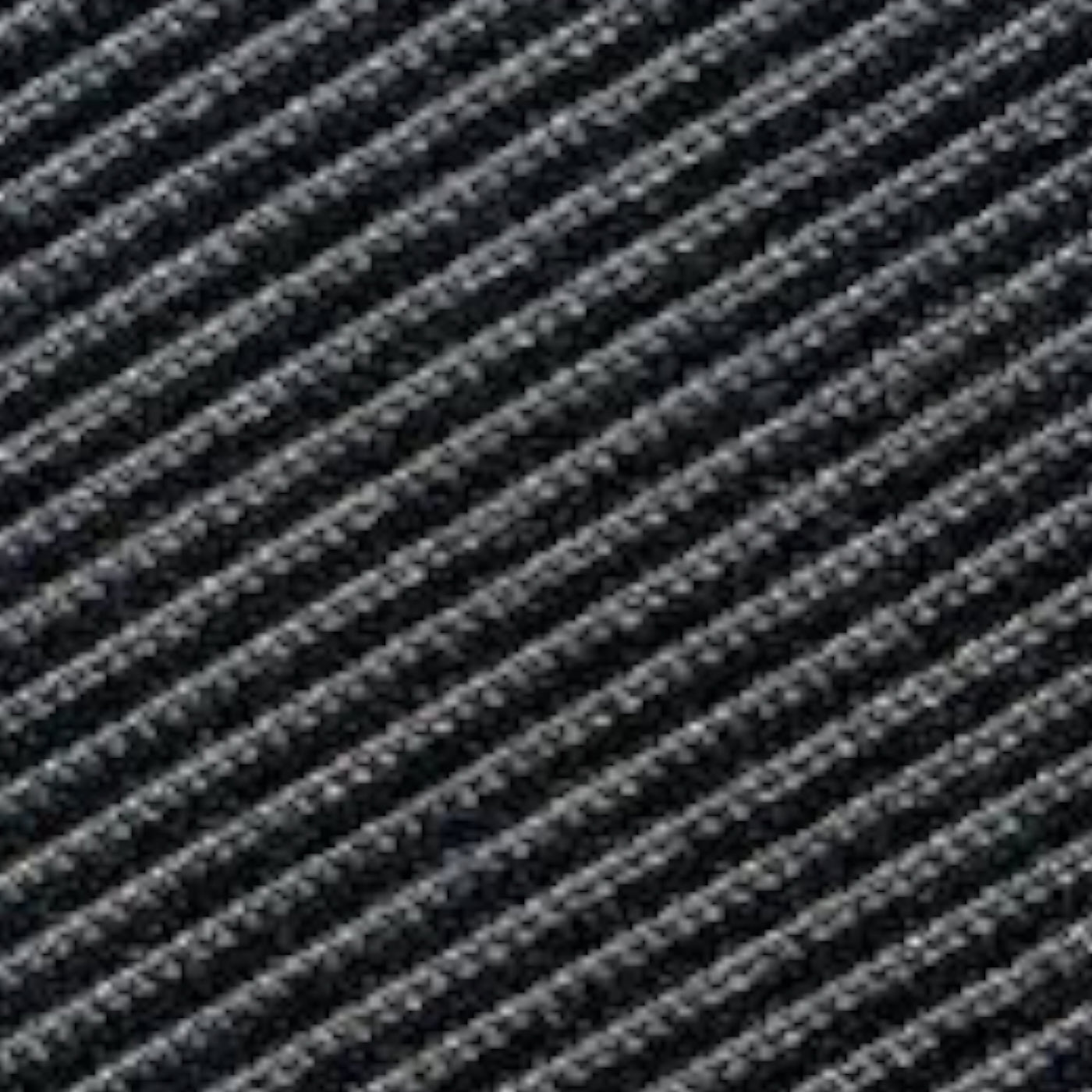
ottoman
Ottoman is a widthways-ribbed textile with pronounced, raised 'ribs' along its weft. Similar to grosgrain, Ottoman is known as a corded fabric, using a thicker yarn in the weft rather than the warp to create raised stripes running across the width of the fabric.
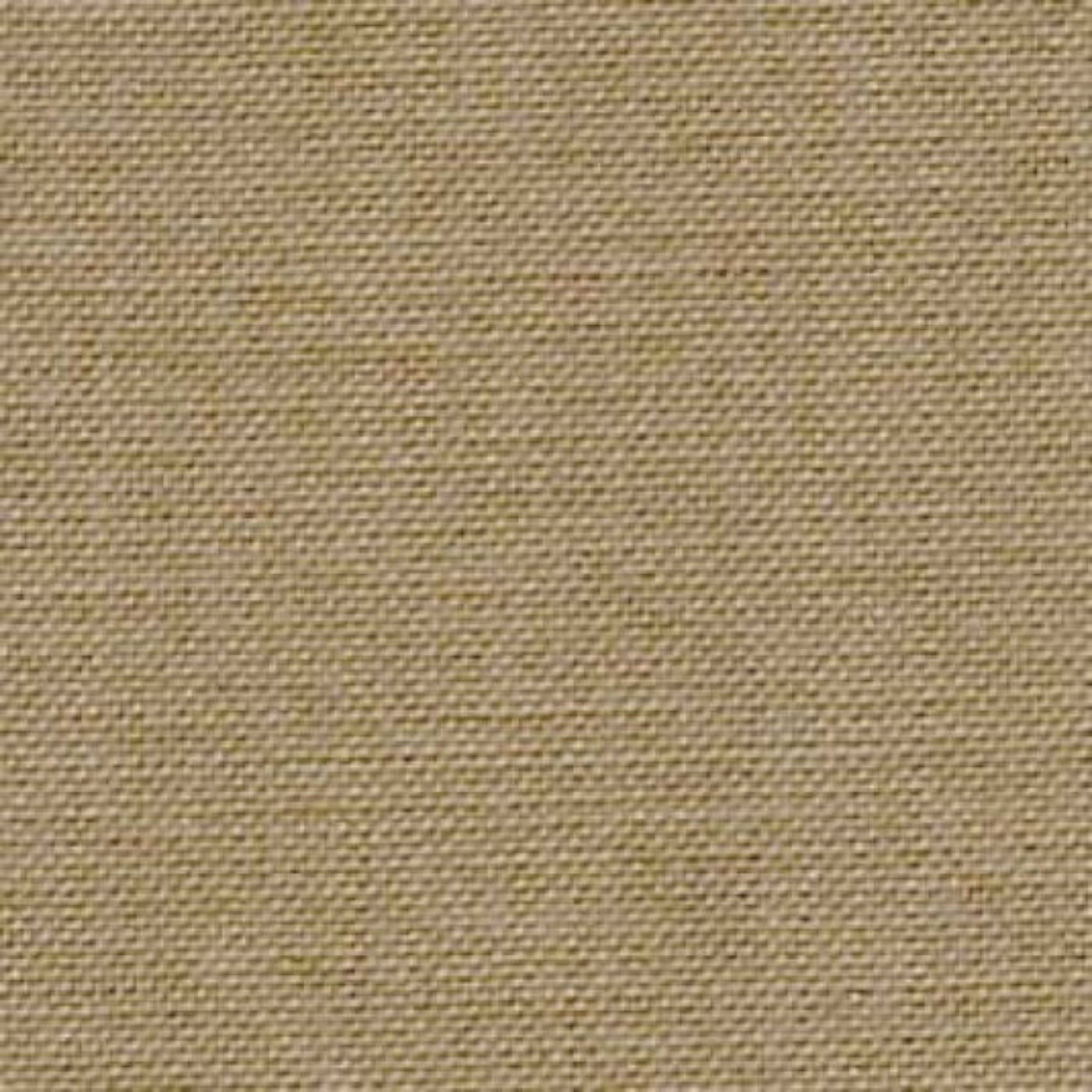
panama
This is a basketweave in which multiple threads are interlaced to form a simple criss-cross pattern. The loose and open structure makes panama fabric perfect for summer garments.
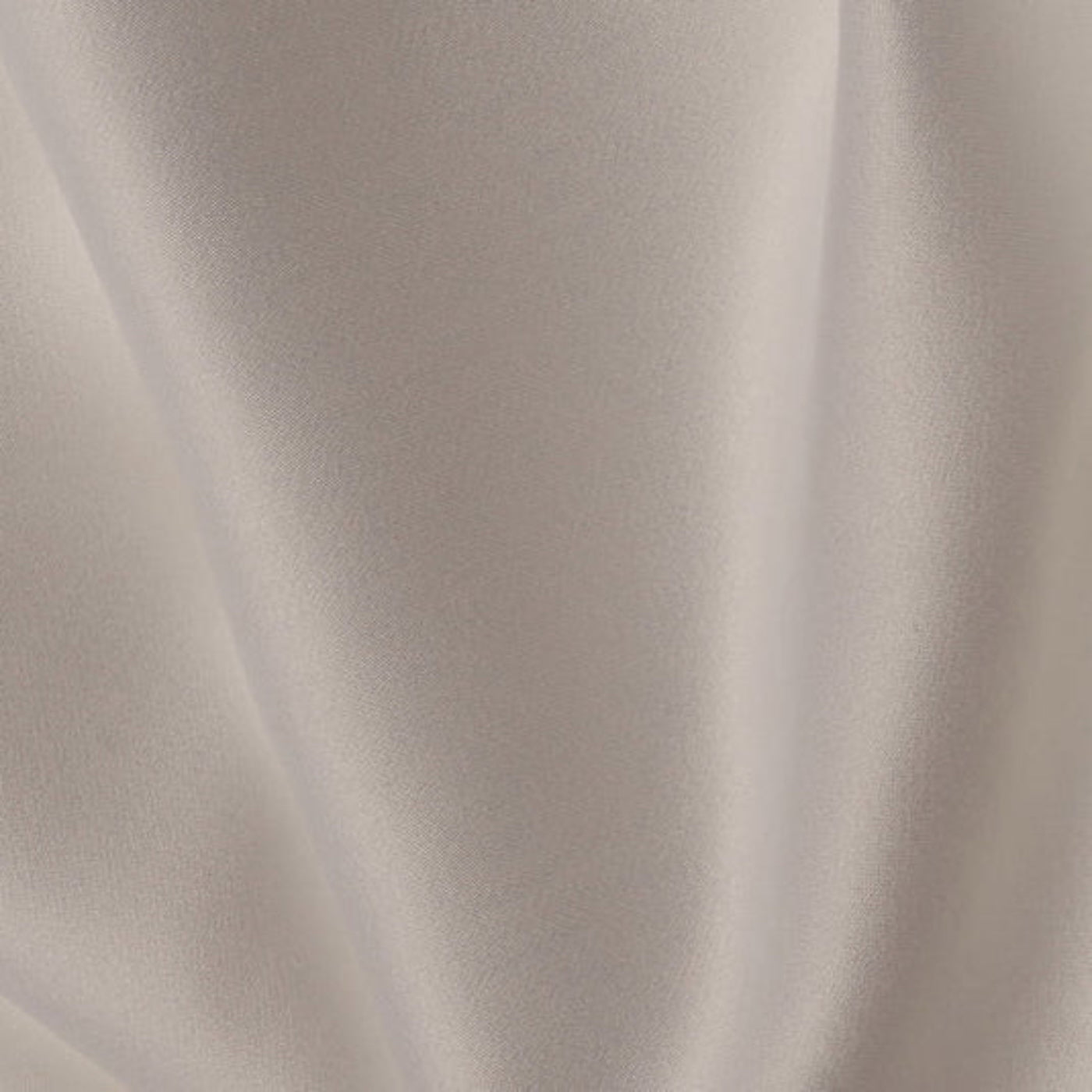
satin
Satin is one of the three major textile weaves, along plain weave and twill. The satin weave creates a fabric that is shiny, soft, and elastic with a beautiful drape. Satin fabric is characterized by a soft, lustrous surface on one side, with a duller surface on the other side.

seersucker
Seersucker fabric is light, durable, and incredibly breathable. It is woven in a way that makes the threads bunch together, giving the fabric a wrinkled appearance with it distinctive stripes as you can see below. To be considered seersucker, a fabric must be puckered - whichgives it the crinkled texture.
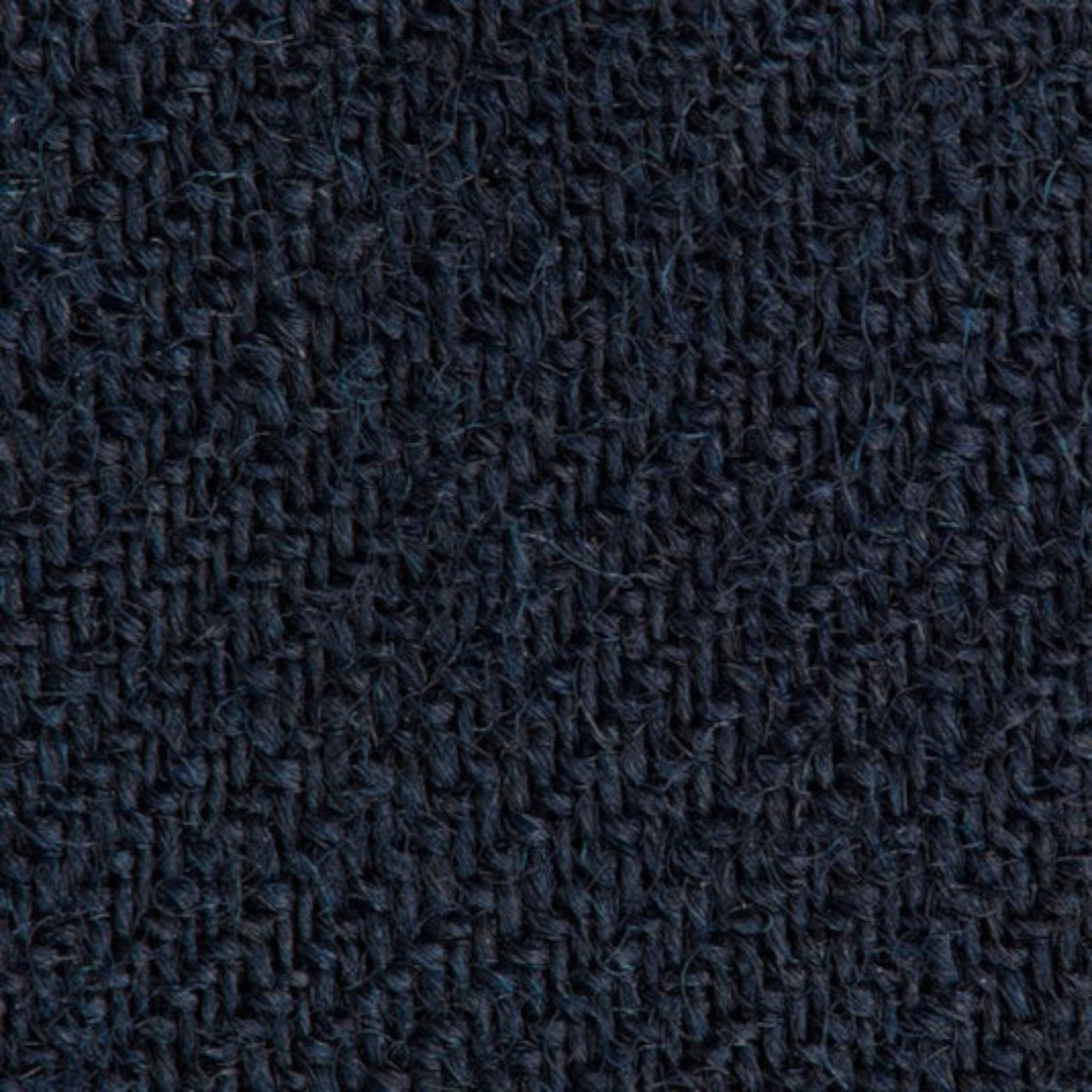
serge
This twill weave fabric is similar to gabardine, with distinctive diagonal ridges from a two-up and two-down weaving process. Extremely durable and flexible, this fabric is known to drape especially well. In fact, serge translates to ‘silken’ in Greek. It has a classic, dressy look and is most often used in uniforms.
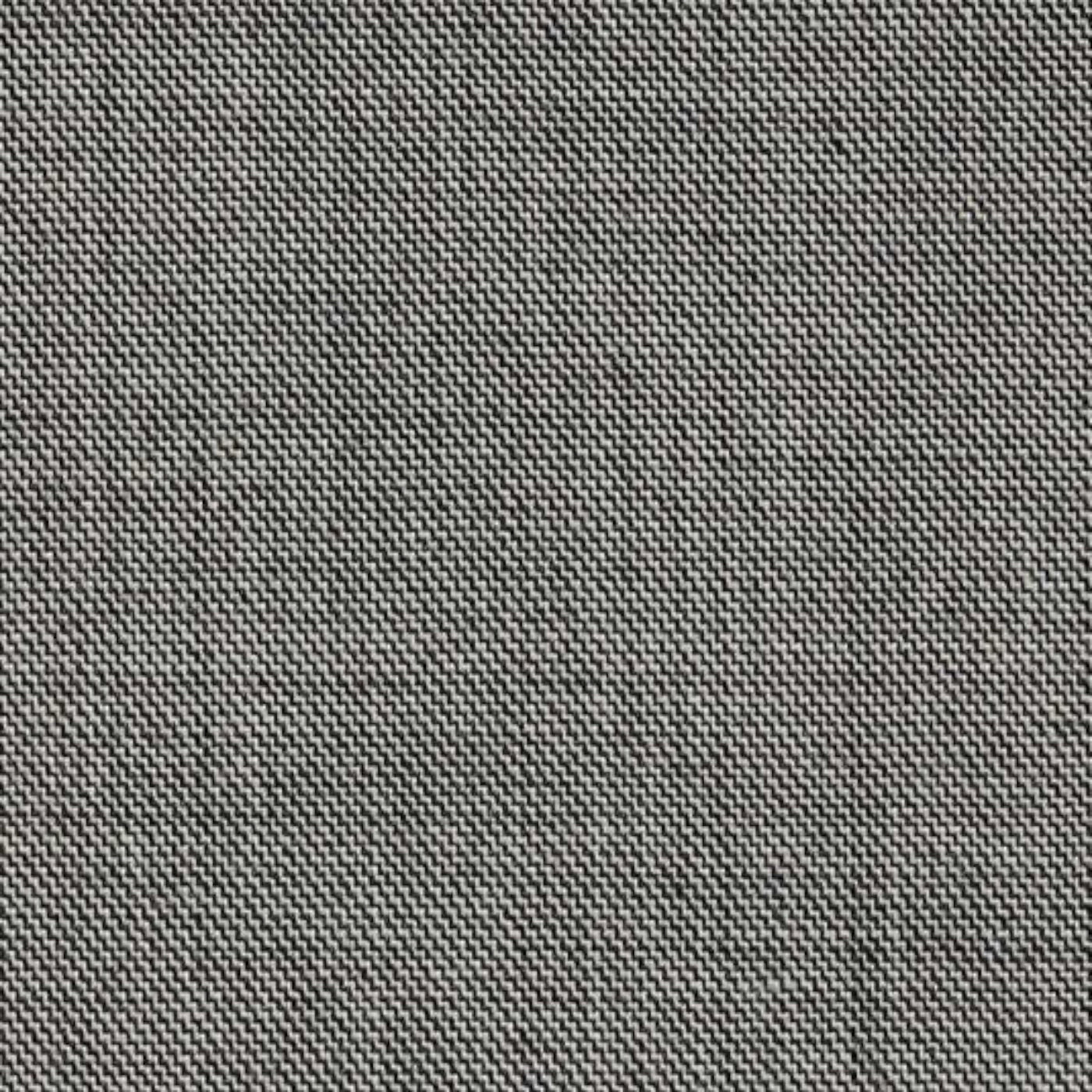
sharkskin
Sharkskin, also known as pick'n'pick, is a fabric characterised by alternating light-coloured and dark-coloured yarns which, as a result of the twill weave, create the finest of just visible diagonal lines.
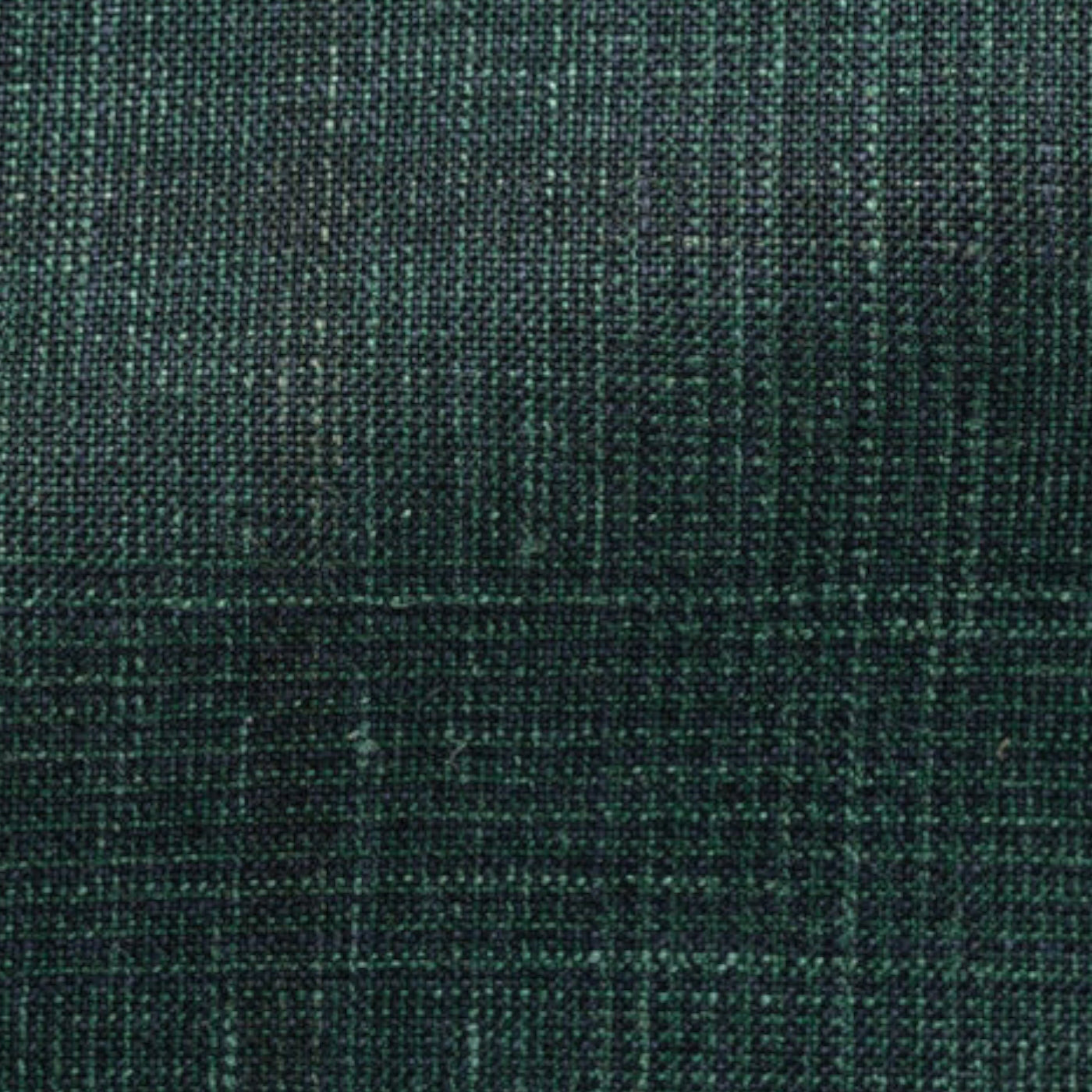
tropical
Tropical weave is a plain weave woven with a lesser thread count than usual. They are therefore breathable, thanks to their open structure that lets the air go by. Also, the tension that is given to the yarns gives the fabric less tendency to crease or wrinkle.
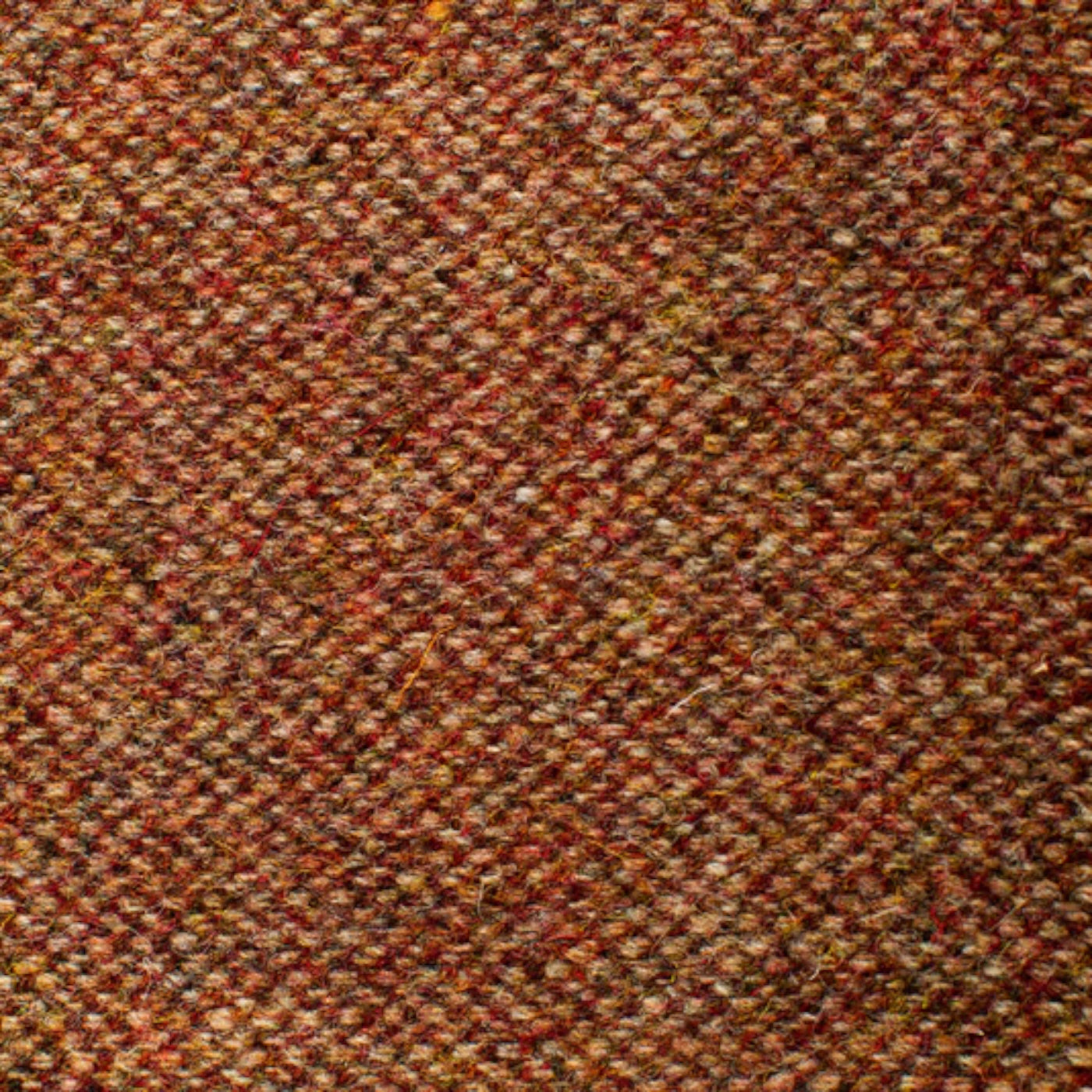
tweed
Tweed is a type of wool weave that is designed for weather resistance. It's been created in Scotland since the early 18th century, coming from outsized looms that spit out yardage from yarns originally dyed with the native lichen and wildflowers. It is usually woven with a plain weave, twill or herringbone structure.
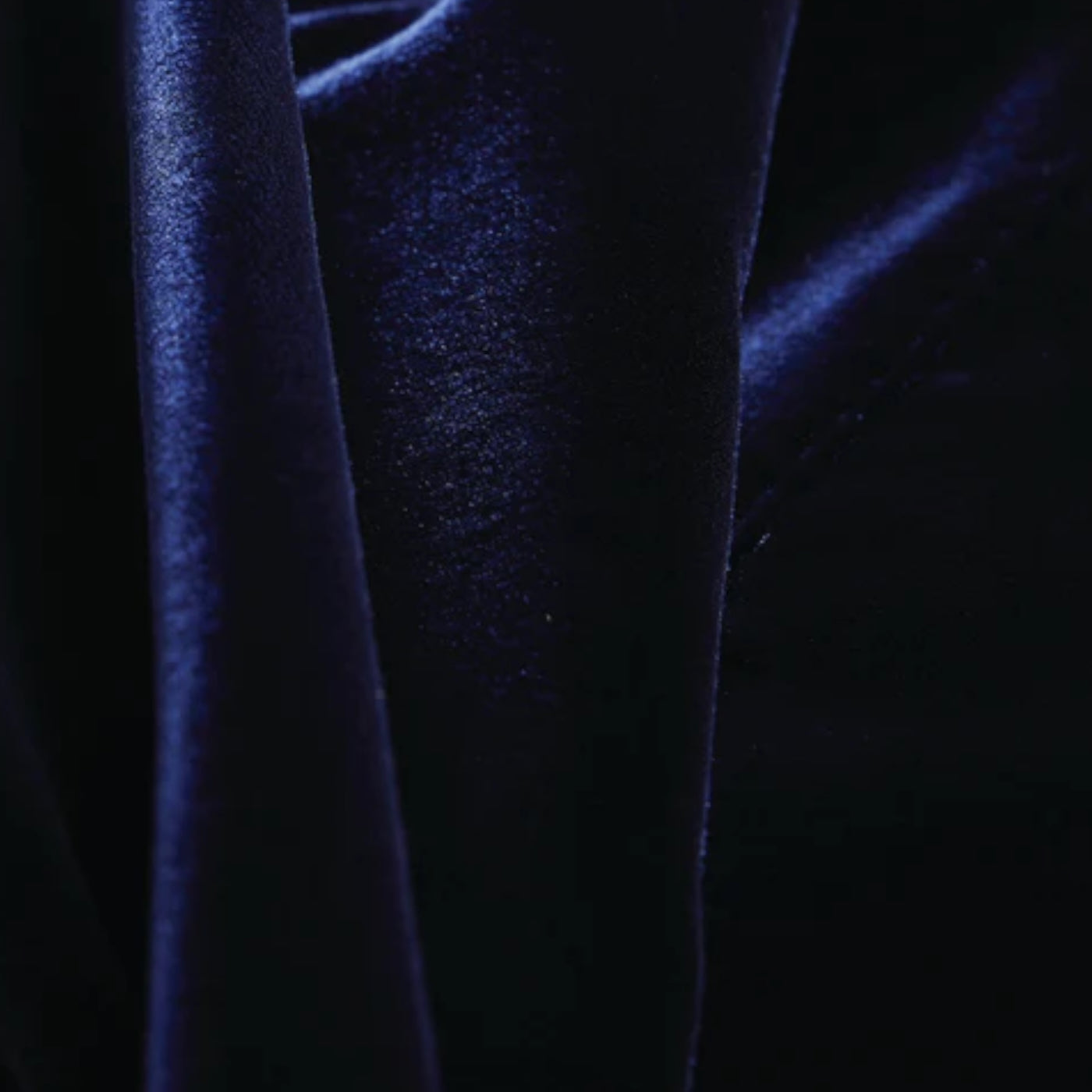
velvet
Velvet is a fabric having a short, dense pile, used in clothing and upholstery. The term derives from the Middle French velu, “shaggy.” Velvet is made in the pile weave, of silk, cotton, or synthetic fibres, and is characterized by a soft, downy surface formed by clipped yarns.
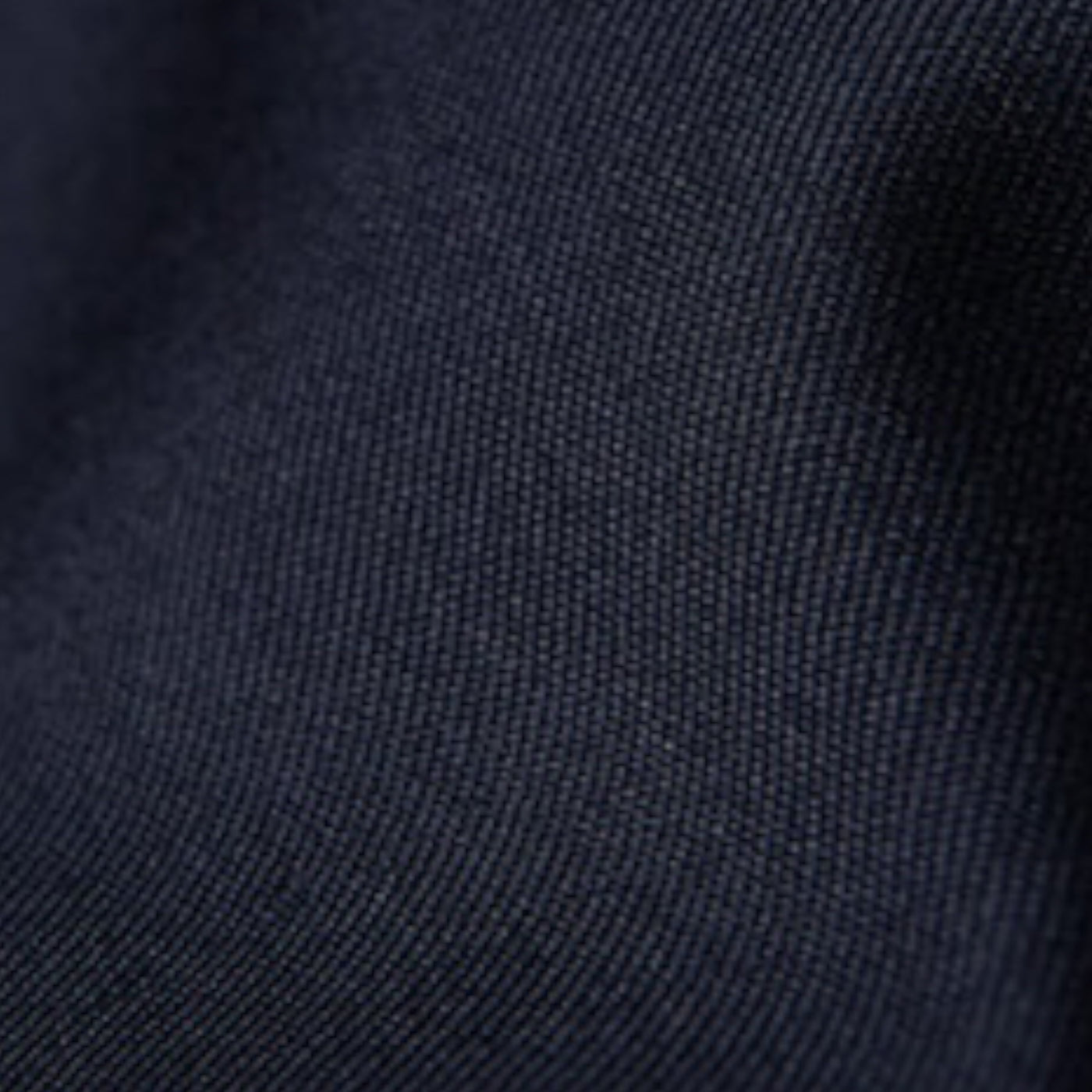
worsted
Worsted is a high-quality type of wool yarn, named after the small English village of Worstead in Norfolk County, a hub for manufacturing in the 12th century. Most wool requires the natural fibre be spun. However, with Worsted, the wool is first combed in a process to remove any short and brittle fibres, leaving only the longer strands of fibre to undergo the spinning process. This creates a stronger, finer and smoother-than-usual wool that can be worn at both formal and informal events.

